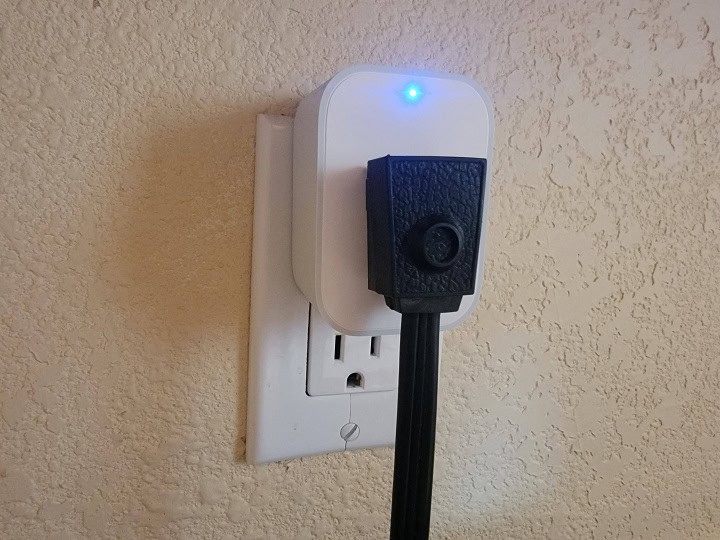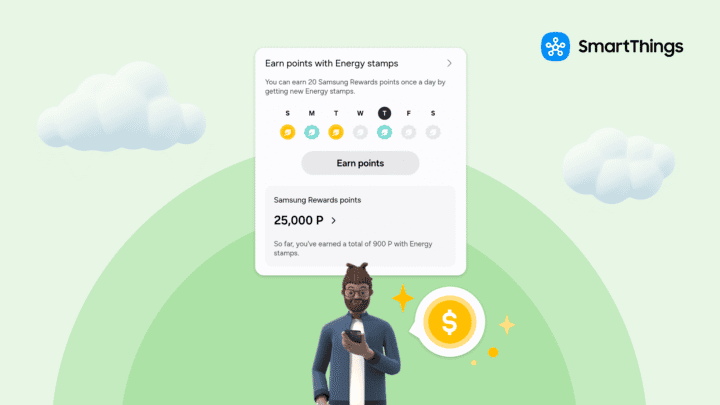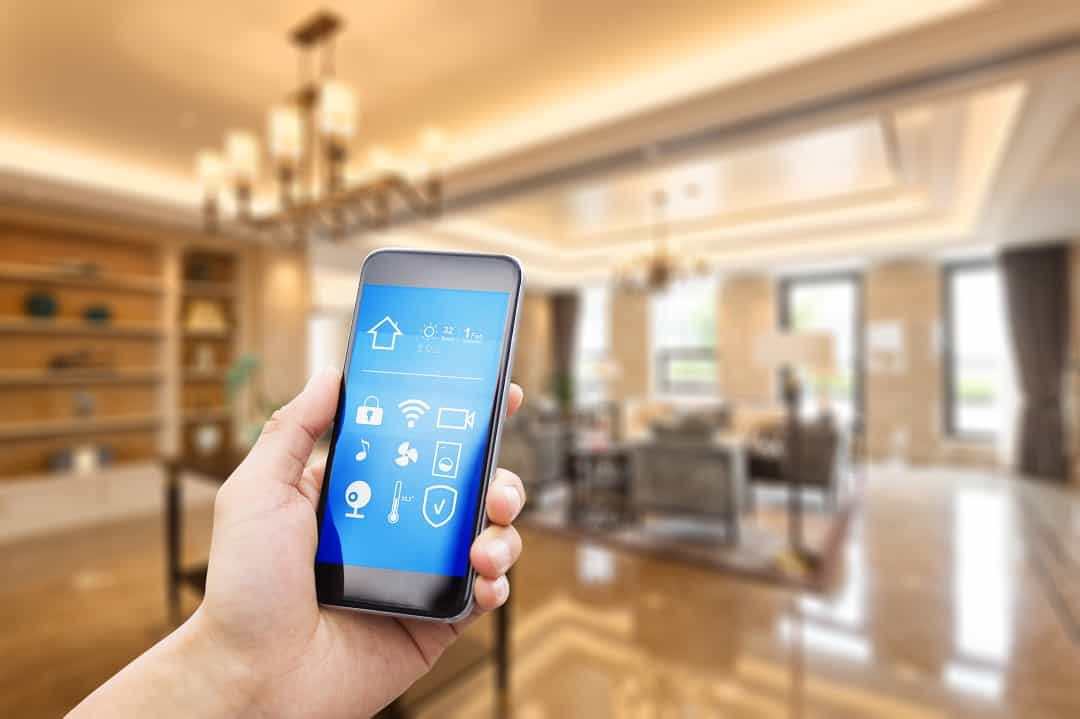Many people are looking for ways to save on their electricity bills. One of the gadgets gaining attention for this purpose is the smart plug. This blog post will help you understand what smart plugs are and how they work. You’ll learn about different devices that can be used with them and how they can help reduce energy consumption. By the end of the post, you’ll have a clearer picture of whether smart plugs can be a practical solution for your energy-saving efforts.
Understanding Smart Plugs
Smart plugs are devices that plug into your regular electrical outlets, allowing you to control the power supply to various appliances and gadgets through an app on your smartphone or other smart devices. These plugs function by connecting to your smart home network or WiFi, enabling you to turn devices on or off remotely or set schedules for when they should be operational. This can help manage energy use by ensuring that appliances are not running when they are not needed.
Many types of devices can be used with smart plugs. Common examples include lamps, fans, coffee makers, and other small household appliances. Some smart plugs are even compatible with larger devices like heaters or air conditioners, though it’s important to ensure the plug can handle the power requirements. By using smart plugs with these types of devices, you can have greater control over their energy consumption, which can contribute to more efficient use of electricity in your home.
Energy Consumption and Savings
Smart plugs can play a role in reducing standby power usage, which is the electricity consumed by appliances and devices when they are turned off but still plugged in. Many electronic devices continue to use power even when not in active use, often referred to as phantom power. By using smart plugs, you can cut off power to these devices completely when they are not needed, potentially reducing overall energy consumption. This can be particularly useful for devices like televisions, gaming consoles, and chargers, which commonly draw power in standby mode.
One thing to consider when using smart plugs to reduce power consumption of devices on standby is that the smart plug itself is constantly using power. Smart plugs often have a very small power use, between .03 and 2 watts per day depending on the type of network they are connected to. Compared to something like a printer that is always on but in standby with a 3 to 10 watt power draw for standby. By plugging your printer into a smart plug, then scheduling that plug to be off when you’re not working, or better yet only toggling it on when needed, you can see significant power savings over a year.
The ability to schedule and automate the power supply to devices with smart plugs can greatly enhance efficiency. By setting schedules for when devices receive power, users can ensure that energy is only used when necessary. For instance, smart plugs can be programmed to turn off lamps during the day or power down kitchen appliances overnight. Additionally, the automation features available with some smart plug systems allow for integration with other smart home devices, creating a more efficient energy management system that can help reduce unnecessary power usage.
Considerations and Limitations
When thinking about smart plugs, it is important to consider their own energy usage. Smart plugs do use a small amount of electricity to stay connected to your home network and to communicate with your devices, between .03 and 2 watts per day. This means that they are not entirely energy-free. The amount of energy used by a smart plug is often minimal, but it can add up if you have many of them in use.
Another factor to think about is whether the cost of buying and using smart plugs is worth any potential savings on your energy bills. While smart plugs can help you manage and reduce energy consumption by turning off devices that are not in use, they come with an initial purchase cost. The savings you get from using them may not be significant enough to offset the cost in the short term. It is a good idea to weigh the upfront expenses against the potential long-term savings to decide if smart plugs are a good investment for your situation.
In Summary
Smart plugs offer a way to manage and potentially reduce energy consumption in your home by cutting down on standby power usage and allowing for scheduling and automation of devices. They can provide greater control over when and how your appliances use electricity. However, it’s important to consider their own energy use and the initial costs involved. Evaluating the cost-benefit ratio can help determine if they are a worthwhile investment for your energy-saving goals. While they may not lead to immediate savings, they could contribute to more efficient energy use over time, depending on your specific needs and circumstances.




